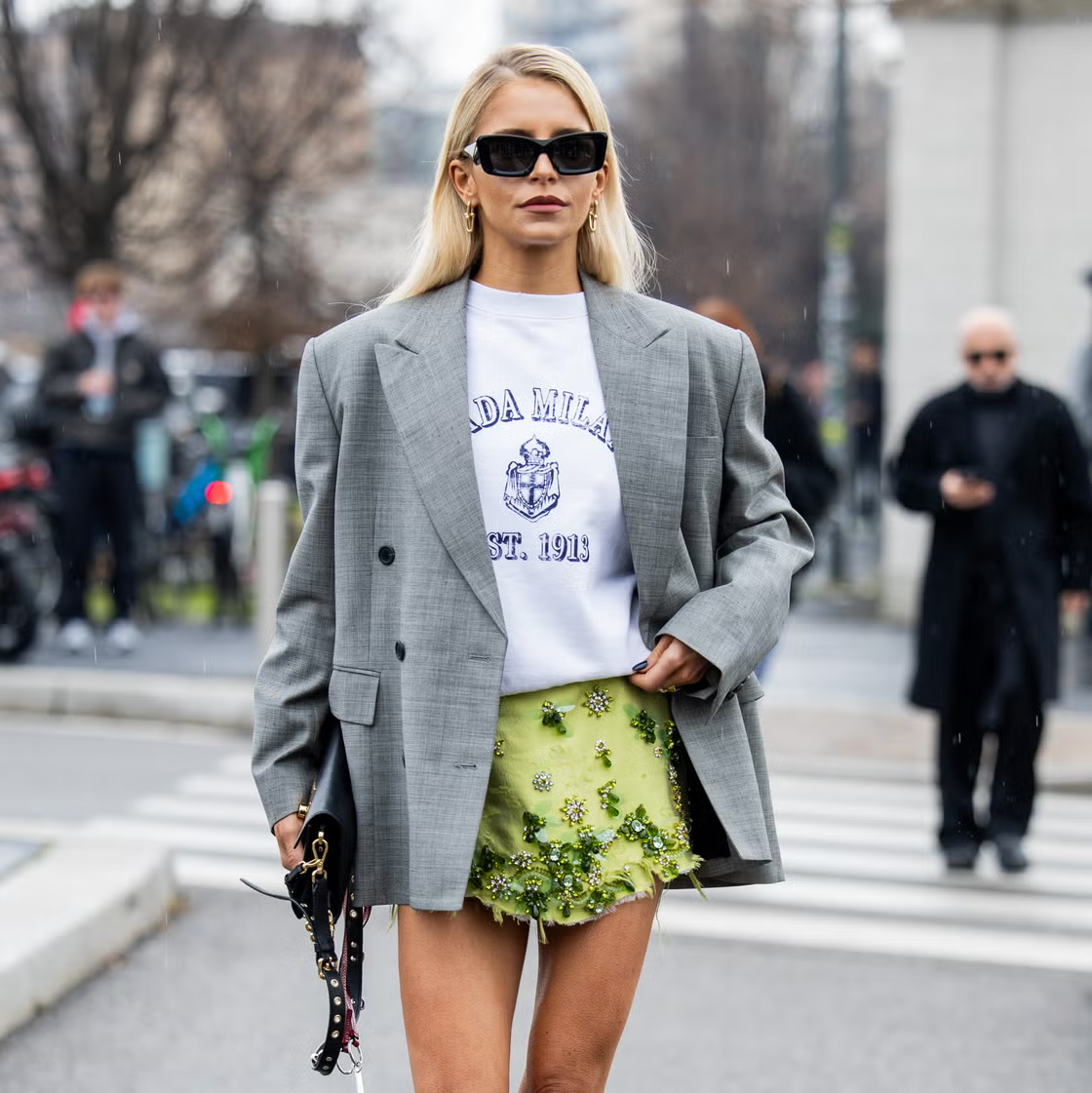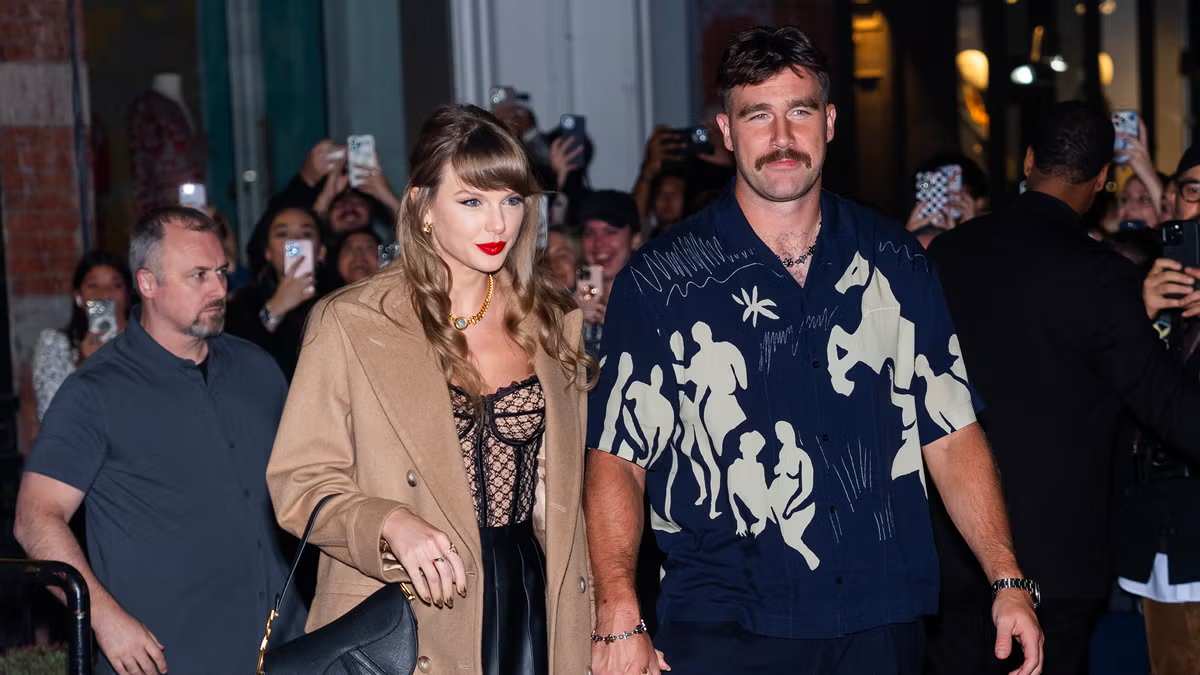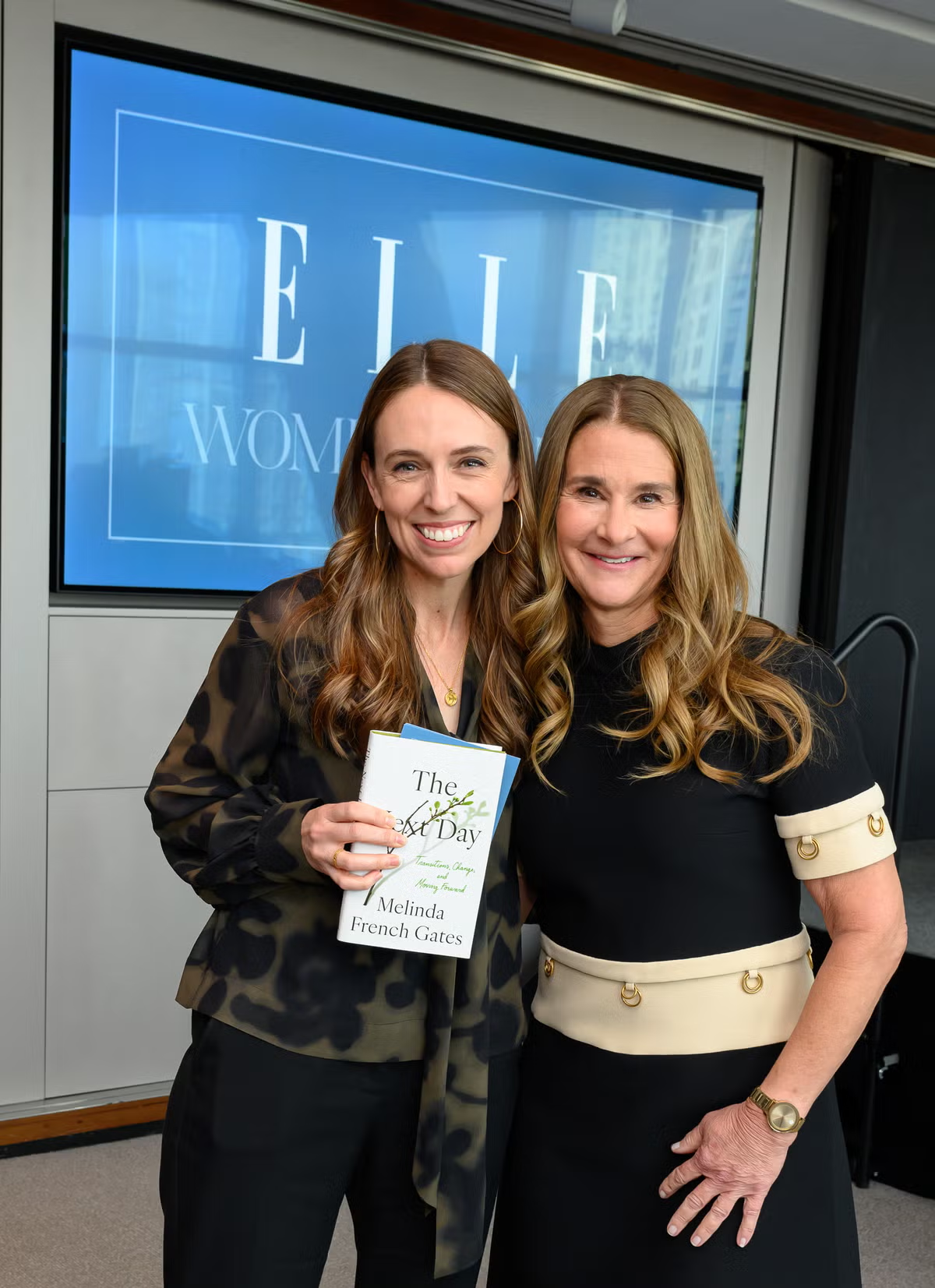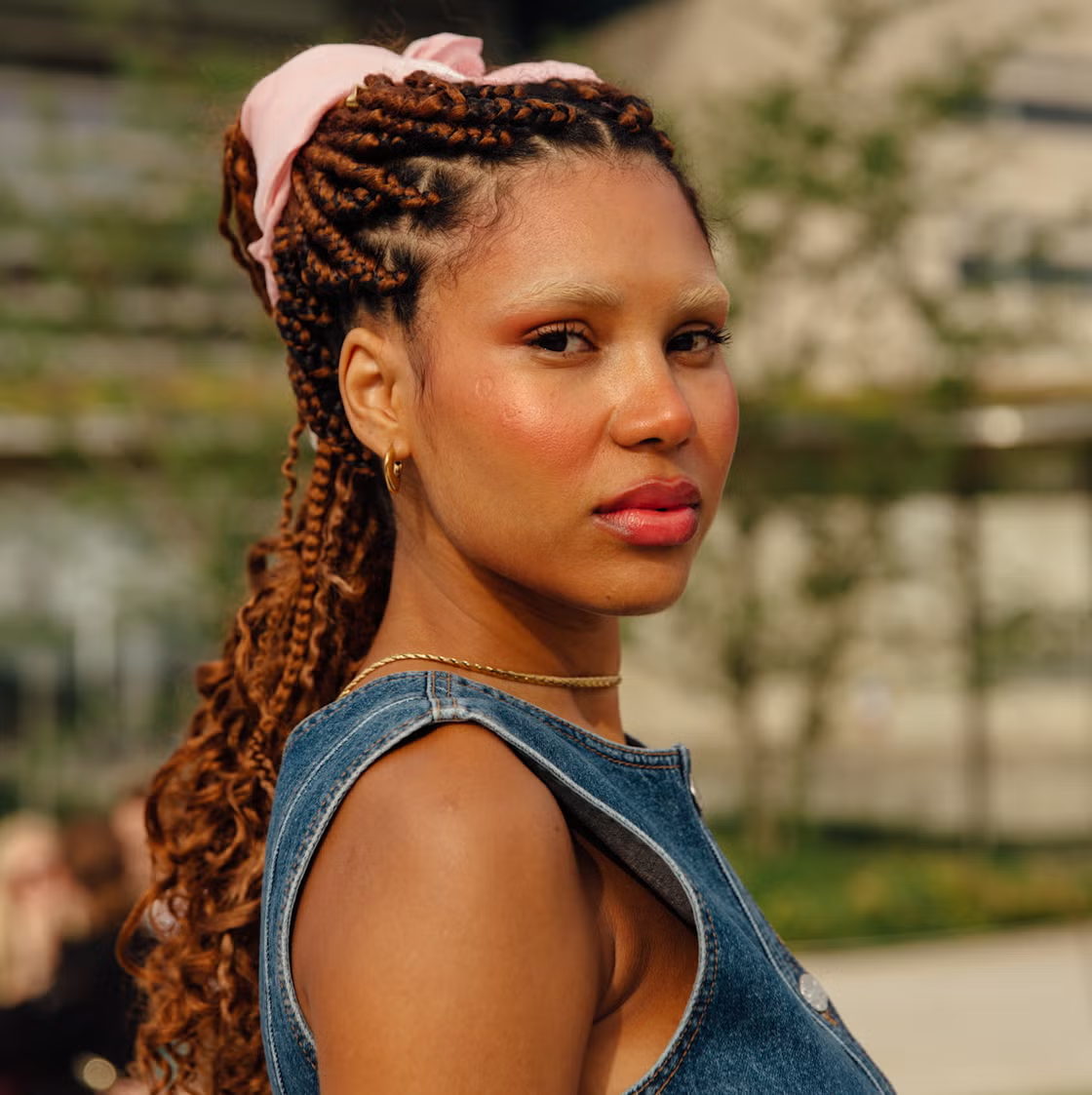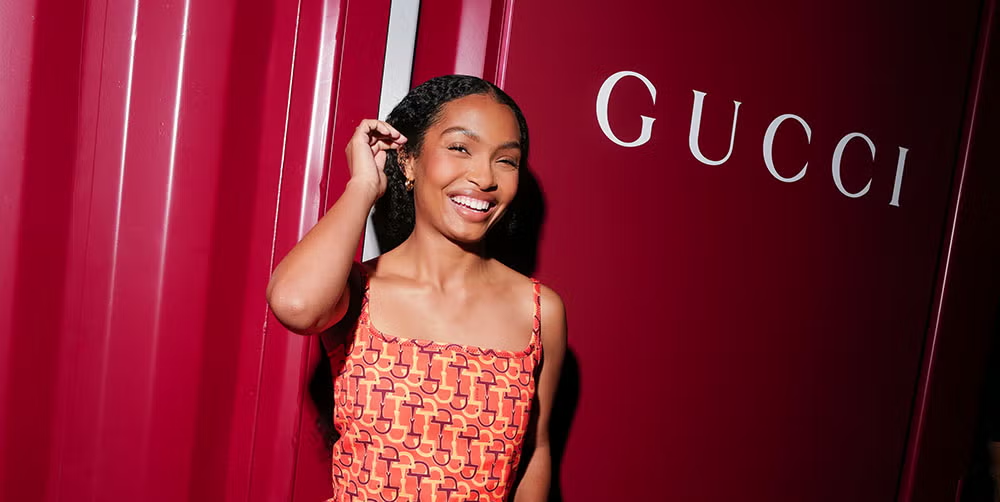Fashion has often felt like a mystery only the most stylish people are allowed to solve. But behind many seemingly spontaneous, effortlessly chic looks lies a simple, almost invisible formula that’s been used by stylists, fashion editors, and designers for years. It’s called the 7-point rule, and while it may sound like a secret code, it’s really a subtle checklist that helps create balance, interest, and polish in any outfit without overdoing it. The beauty of the 7-point rule is that it doesn’t limit creativity—it enhances it. Think of it as a framework that allows personal style to shine, while ensuring that every detail adds up to a harmonious, well-thought-out look.
At its core, the 7-point rule is about details. The idea is that every visible outfit element—accessories, embellishments, standout features, and focal points—counts as a point. The sweet spot is to aim for around seven. That doesn’t mean your outfit must have exactly seven pieces or accessories. Instead, it’s about layering visual interest without going overboard. One standout jacket might be a point, a statement bag another, a bold lip a third, and so on. Each element that draws the eye adds to the count, and when those points add up to around seven, the overall look tends to feel full, intentional, and balanced.
The origin of the 7-point rule isn’t tied to one designer or school of thought, but it has been quietly circulating among fashion insiders for decades. Stylists rely on it to pull together looks for editorials and red carpets. Influencers unconsciously use it when building their most liked outfits. And more and more, everyday fashion lovers are adopting it as a guide for dressing with impact, especially in a time when minimalism and maximalism are constantly clashing. The rule isn’t about adding more. It’s about adding right.
What makes this rule so effective is its adaptability. It works across personal styles, aesthetics, and settings. Someone with a love for quiet, clean fashion might hit their seven points through tailoring, texture, and a signature fragrance. Someone more maximalist might rack up seven through layers, jewelry, bold color, and prints. The rule doesn’t favor one look over another—it simply makes sure every outfit feels complete. It turns randomness into intention.
A perfectly executed 7-point outfit might include things as subtle as rolled cuffs, layered necklaces, a defined brow, or a particular silhouette. The rule treats all points equally, whether they’re clothing, beauty, or styling tricks. A statement shoe counts the same as a pair of oversized sunglasses or a patterned scarf. What matters isn’t the price tag or trendiness of each item—it’s the visual role it plays in the full picture. Seven just happens to be the number where it all clicks.
There’s also something psychological about the number seven. In culture, marketing, and even magic, seven often signals completeness. It’s enough to create intrigue without feeling overwhelming. In fashion, it’s just enough to make someone look at you and think: they really know how to put themselves together. It helps avoid the two biggest style missteps—looking unfinished or looking overdone. The 7-point rule sits perfectly in the middle, allowing for personal flair without confusion.
That said, the rule isn’t meant to be followed with militant precision. Style isn’t math, and nobody is keeping count except maybe your inner fashion critic. The rule is more of a silent tool than a strict formula. Some outfits naturally come together with five or six elements and still feel perfect. Others might push toward eight or nine and still strike the right tone if done with taste. The point isn’t the number itself—it’s the practice of awareness. By thinking about what you’re adding to a look, you become more in tune with what feels right for you, and less susceptible to chasing random trends that don’t serve your identity.
As more people move away from fast fashion and impulse buys, the 7-point rule offers a sustainable mindset too. It teaches you to work with what you already have, to value each piece, and to consider how elements work together rather than just separately. It favors thoughtful curation over chaotic consumption. And in a world of endless options, having a compass like this makes everyday dressing feel a little more intentional, a little more creative, and a lot more satisfying.
At the end of the day, the best-dressed people rarely look like they’re trying too hard. They look like themselves—put together, comfortable, expressive, and just a little elevated. The 7-point rule won’t make you stylish overnight, but it might help you notice the details that make an outfit go from good to great. It’s not about fashion perfection. It’s about fashion presence. And once you start seeing the rule in action, you’ll never look at a good outfit the same way again.
